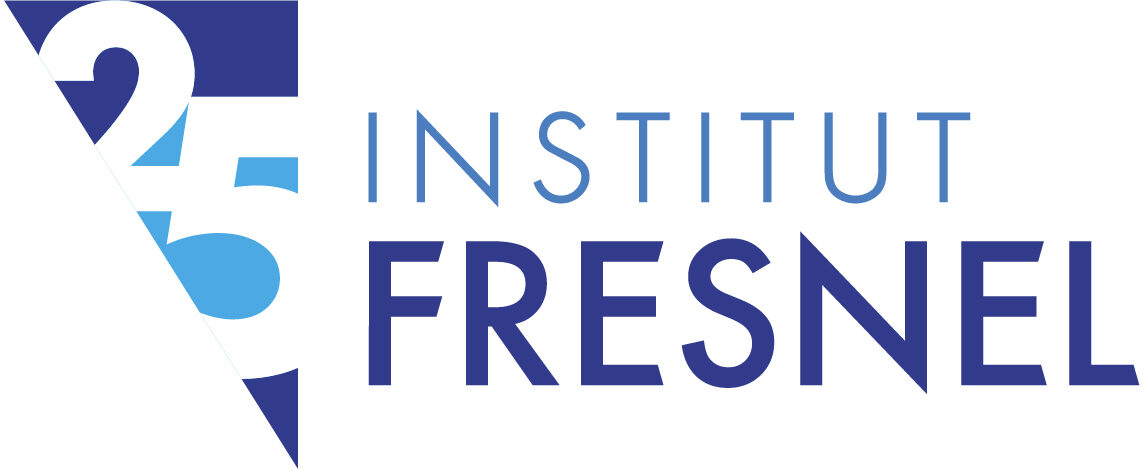- - Team : Hipe
- - Thesis Direction : Christelle EYRAUD
- - Place : Institut Fresnel
- - Dates : 02/06/2025
- - Duration : A définir
- - Funding : -
- - Contact : christelle.eyraud@fresnel.fr
Subject :
In November 2014, the European Space Agency’s Rosetta mission encountered comet 67P/Churyumov-Gerasimenko. One of the instruments on this mission is the CONSERT radar. CONSERT explored the nucleus of this comet using electromagnetic waves in the radio wave regime by exploiting a bistatic configuration. One of its scientific objectives was to contribute to a better understanding of the composition of the cometary nucleus and its internal structure. CONSERT was the first instrument of this type and demonstrated the ability of these electromagnetic techniques to explore the interior of small solar system bodies. As a result, new missions are being prepared to better understand the internal structure of comets and asteroids. In particular, the ESA-HERA mission, launched in October 2024, with a radar, called JuRa, on board, will encounter the binary asteroid 65803 Didymos in 2026. The electromagnetic field after interaction with the asteroid depends on its physical characteristics, so it is possible to use this field to find the internal structure of the asteroid and its electromagnetic characteristics. This is achieved by solving an inverse diffraction problem. For our application (comet and asteroid), the main difficulties are due to the very large size of the target and the limited number of measurements available.
In this M2 intership, the student will work on imaging procedures adapted to the case of asteroids.
In particular, he/she will focus on structural imaging procedures and study the approximations that can be made and their impact on the reconstructed images. He/she will also work on time/frequency analysis and include it in the imaging algorithms. The inversion procedures will be tested on experiments carried out in the laboratory, in an anechoic chamber on asteroid analogues.
The student will benefit from ongoing national and international collaborations with researchers in planetology and applied mathematics.

